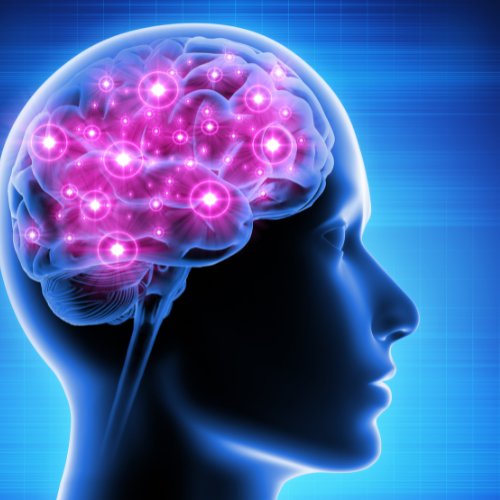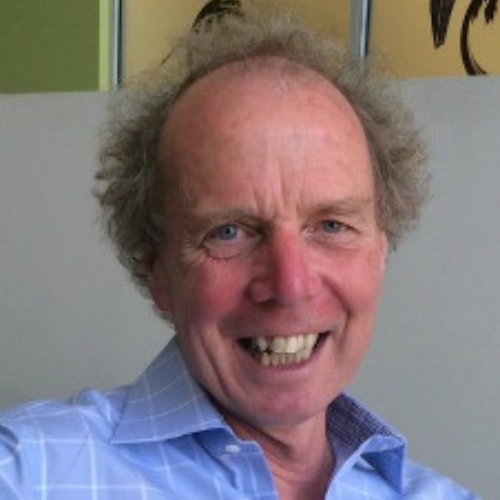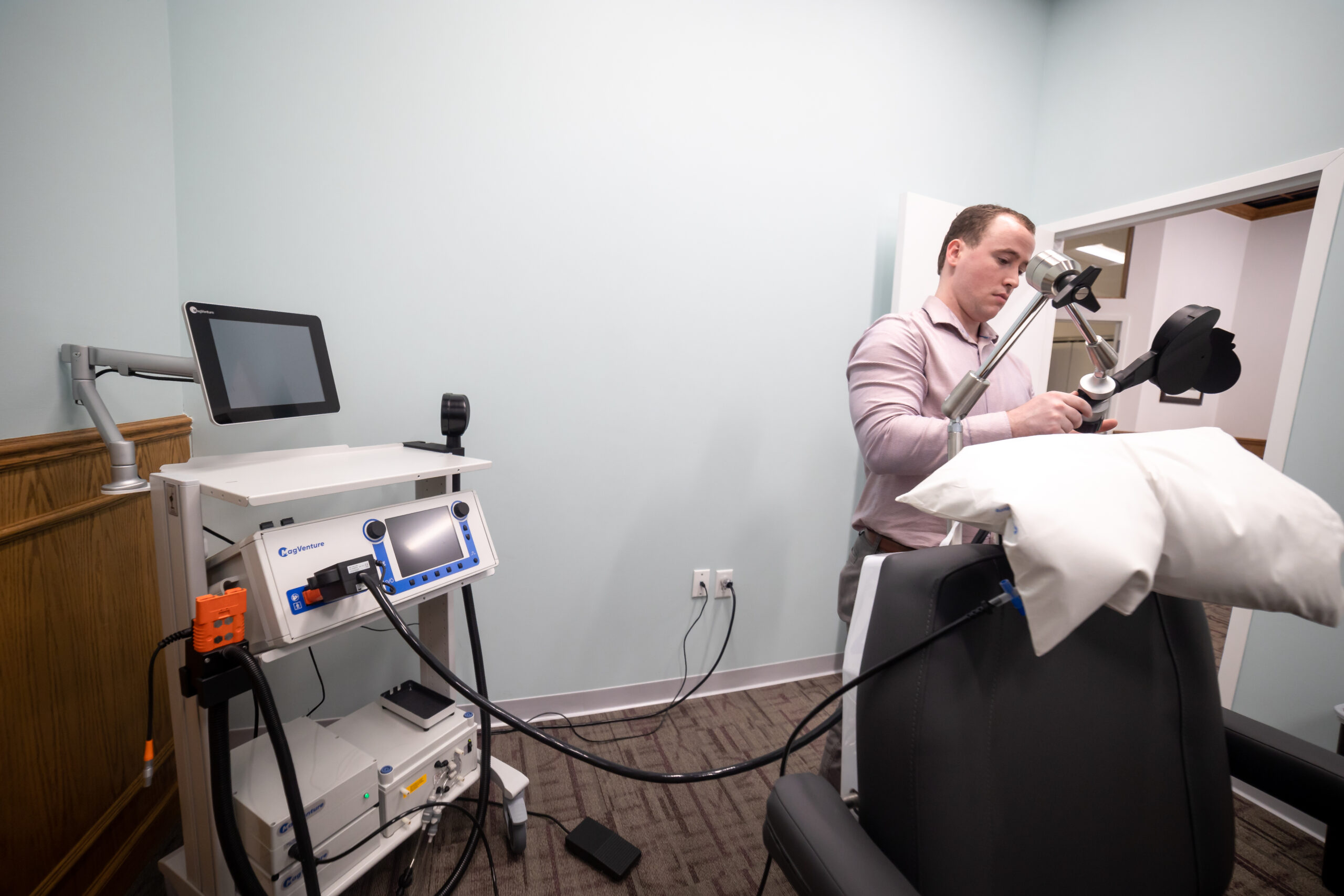For centuries, scientists and physicians have explored different approaches to understanding and treating mental health disorders. In the journey to address these complex conditions, the invention of transcranial magnetic stimulation (TMS) therapy has been nothing short of a milestone. Let’s delve into the fascinating world of TMS therapy and its pioneers who made significant contributions, beyond the well-known Anthony Barker.
Mark George and the Application of TMS in Psychiatry
One of the key figures in the TMS field, after Anthony Barker, is undoubtedly Mark George. George, a distinguished professor of Psychiatry, Radiology, and Neuroscience at the Medical University of South Carolina, is best known for his work using TMS to treat depression. His pivotal study in the late 90s demonstrated that repetitive TMS could alleviate symptoms of treatment-resistant depression, a groundbreaking finding that established TMS as a valuable psychiatric tool.
Mark S. George, M.D. is a Distinguished University Professor of psychiatry, radiology, and neurosciences and is the director of the Medical University of South Carolina (MUSC) Center for Advanced Imaging Research as well as the Brain Stimulation Laboratory. He is an expert in the use of brain imaging and stimulation to understand depression and devise new antidepressant treatments.
He has conducted some of the first clinical trials of TMS as a treatment for depression and pioneered the use of TMS as a probe of mood-regulating neuronal circuits. He has also received approval from the U.S. Food and Drug Administration to use TMS to treat depression. His principal techniques include neuroimaging (functional magnetic resonance imaging and Positron emission tomography), brain stimulation, vagus nerve stimulation (VNS), transcranial magnetic stimulation (TMS), deep brain stimulation (DBS), and electroconvulsive therapy (ECT).
His main research interests include major depression, bipolar disorder, anxiety disorders (particularly obsessive-compulsive disorder), Tourette syndrome, and chronic pain. He is the editor-in-chief of a journal he launched with Elsevier in 2008 called Brain Stimulation.
The Magnetic Insights of John Rothwell
Another name that resonates in the TMS world is John Rothwell. As a Professor of Neurophysiology at University College London, Rothwell’s work is instrumental in understanding how TMS interacts with the brain. He was one of the first to investigate the use of TMS in exploring the physiology and pathology of human movement. His pioneering efforts helped to illustrate how TMS could be used not only as a treatment tool but also as a powerful research instrument in neuroscience.
His contributions to TMS therapy include:
– Pioneering the use of the paired-pulse technique and interhemispheric studies[1].
– Developing techniques of TMS, which have been used to study the physiology of the human motor system and to investigate the pathophysiology of movement disorders[2][3].
– Contributing to the understanding of the mechanisms of TMS and its potential therapeutic applications in neurological and psychiatric disorders[4].
– Being the recipient of the 2023 International Brain Stimulation Award[5].
– Writing a chapter on the techniques of TMS in the book “Plasticity in the Human Nervous System”[6].
Overall, John C. Rothwell’s contributions to TMS therapy have helped to advance the understanding of the mechanisms of TMS and its potential therapeutic applications in neurological and psychiatric disorders.
Other Pioneers
Beyond Anthony Barker, Mark George, and John Rothwell, there are several key figures who have made notable contributions to the research and development of TMS therapy. Here are a few:
- Alvaro Pascual-Leone: A Professor of Neurology at Harvard Medical School, Pascual-Leone’s work in the 1990s provided vital early clinical validation of TMS. He explored the therapy’s potential uses in psychiatry and neurology, significantly advancing our understanding of the brain’s plasticity and the impact of TMS on neural networks.
- Eric Wassermann: Wassermann is a behavioral neurologist at the National Institute of Neurological Disorders and Stroke (NINDS). He has been deeply involved in the development of safety guidelines for TMS use, which has played an essential role in the widespread acceptance and usage of this technology.
- Sarah Lisanby: Lisanby has contributed significantly to the field of neuromodulation and has been involved in key studies showing the antidepressant effects of TMS. She is the former President of the International Society for ECT and Neurostimulation, and she continues to be a driving force in exploring new uses for TMS in psychiatry.
These pioneers and others have helped to establish TMS therapy as a reliable and effective treatment for various conditions, particularly in the realm of mental health. Their efforts continue to push the boundaries of what is possible with non-invasive brain stimulation, unlocking new potential in our understanding and treatment of the human brain.
Pushing Boundaries: The Continuing Evolution of TMS Therapy
As we reflect on these contributions, it’s clear that TMS therapy’s potential is immense, and the work is far from over. The field is continually evolving, with scientists and physicians pushing the boundaries of what TMS therapy can achieve.
The Promise of Personalized TMS
One of the most exciting developments in recent years is the move towards personalized TMS. The idea is to tailor TMS treatment protocols to each individual, based on their unique brain activity. This personalized approach could significantly enhance the effectiveness of TMS therapy, making it an even more powerful tool in the fight against mental health disorders.
Exploring the Scope of TMS Beyond Depression
While TMS therapy has been most commonly used to treat depression, researchers are exploring its potential in treating a broader range of conditions. Studies are underway to investigate the effectiveness of TMS in treating conditions like PTSD, OCD, and even stroke rehabilitation.
A Salute to the Trailblazers
Our journey through the world of TMS therapy makes one thing clear – we owe a great deal to the pioneering scientists who helped to shape this transformative field. Their contributions have equipped us with a tool that has the potential to change countless lives. We stand on their shoulders as we strive to push TMS therapy to new frontiers, promising a brighter future for millions battling mental health disorders.
It’s our duty and privilege to take this work forward, leveraging TMS therapy’s incredible potential to help those in need. We hope you’ll join us on this exciting journey into the future of mental health treatment.







